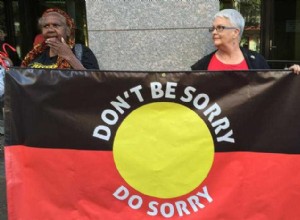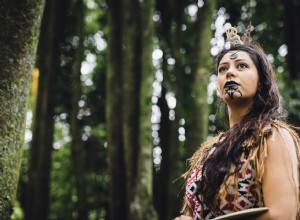What is National Sorry Day? National Sorry Day gathers Australians to commemorate the survivors of a dark time in Australian history. Officially known as National Healing Day, this holiday allows everyone to discuss the experiences of members of the stolen generations, as well as the current state




